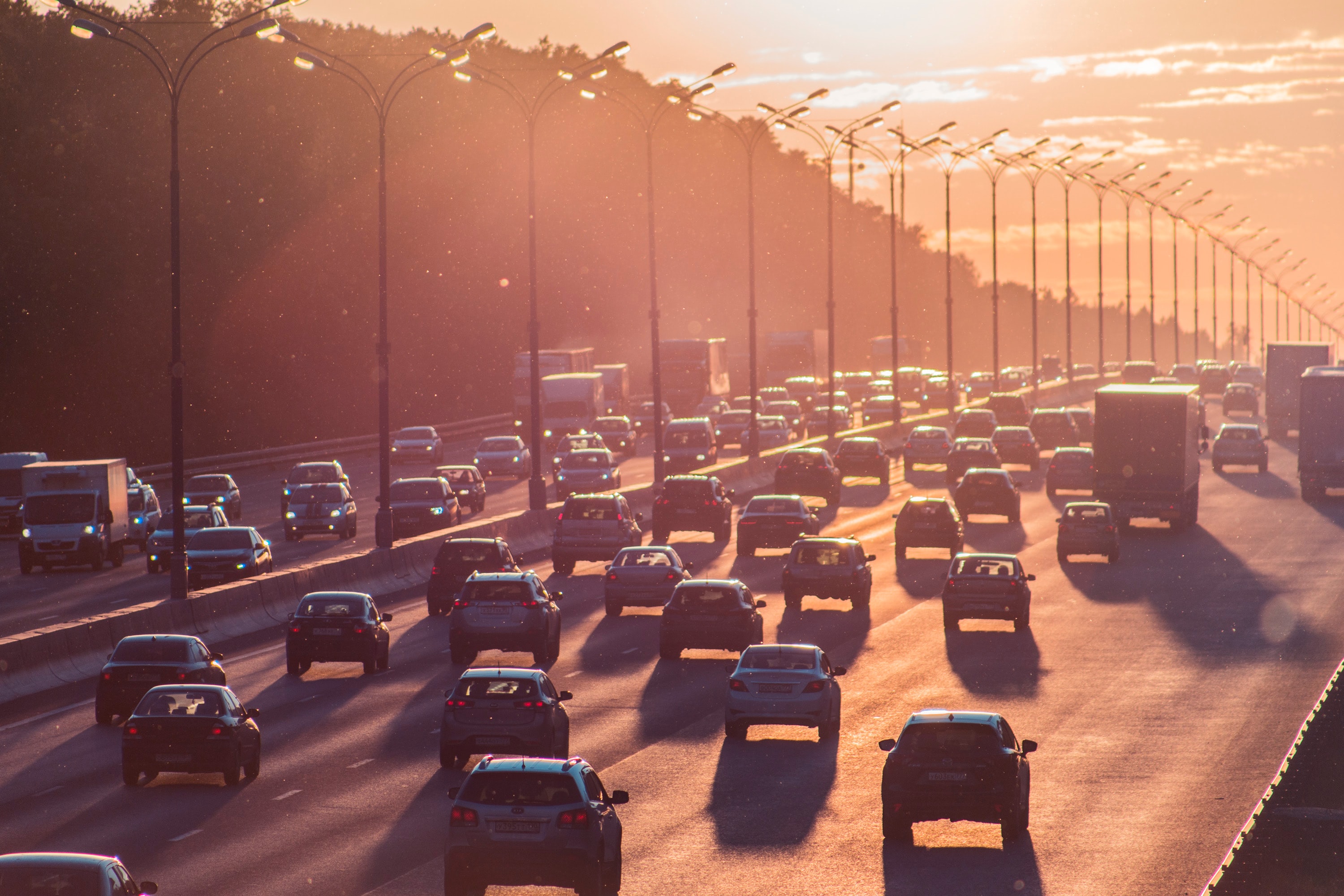
Climate Change and Transportation
When it comes to climate change, the most offending contributor to the increasing carbon emissions is the transportation industry. From cars to trains to planes, Americans love their independence and ability to travel on a whim. Data shows that vehicle miles have increased to 1.58 trillion during the first half of 2018, and researchers believe that airline travel will double over the next two decades.
Today’s vehicles, though cleaner and more efficient than vehicles in the past, still burn fossil fuels that release a number of greenhouse gases into the atmosphere, including carbon dioxide, methane, hydrofluorocarbons, nitrous oxide, and others. For 2017, the transportation sector contributed 29% of the total emissions of 6.4 billion metric tons of carbon dioxide in the USA. The increase of emissions from transportation has risen steadily since the 1980s.
It’s clear that our vehicles are contributing to the climate change that scientists have been warning society about for years. This means that it’s time to make changes.
Drive Less
Most people don’t think twice about jumping in the car to zip down the street to the convenience store for whatever they need. While we’re waiting for electric and hybrid vehicle options to become more mainstream, we need to shift our mindsets to consider when it makes the most sense to walk or bike somewhere rather than drive. Better yet, walking will help improve your health too. Another option for driving less is to participate in work carpools or city car-sharing opportunities.
Air Travel
Jet fuel is a large contributor to greenhouse gas emissions as well. And as travel becomes more and more common for work and play, data analysts project that air travel will increase 300-700% by 2050. The impact on the environment is being brought to the public eye through the work of young climate activists, including Greta Thunberg from Sweden. Beyond tourism and businesses, another big sector that contributes to air travel is academia.
As temperatures become increasingly severe, communities must find ways to respond to climate change. The government is implementing programs to reduce pollution and businesses are taking steps to become more energy-efficient — and these are all important steps to reducing carbon output. But building products must also be more durable in order to withstand extreme temperatures, weird weather patterns and more.
Reduce Transportation Pollution
The Environmental Protection Agency (EPA), a facet of the US federal government, was established in December 1970 to help protect human and environment health. Their purpose is to create plans to help protect the environment both within the USA and globally. While this is a tall order, they’ve developed strategies for reducing transportation pollution as well.
Throughout a vehicle’s lifetime, it emits a lot of toxic gases into the environment. Manufacturers are now required to cut greenhouse gas emissions down to 6 billion metric tons for the vehicles sold between the years of 2012 and 2025. The goal is to double fuel efficiency and reduce the dependence on fossil fuels by using renewable fuels instead.
The EPA is working with different air travel agencies to determine how to reduce emissions from aircraft. Moreover, certain laws have obligated federal agencies to only acquire vehicles that leave less of a carbon footprint, and these vehicles are analyzed yearly. The general public is also being educated on fuel economy and vehicle options.
Just these few changes could mean a world of difference for the earth.
At StrongGo, we are always looking for the best types of materials and processes to ensure that our TekWay detectable dome tiles are reliable under the most extreme weather patterns and temperatures. Speak with an expert today to discover your options.


